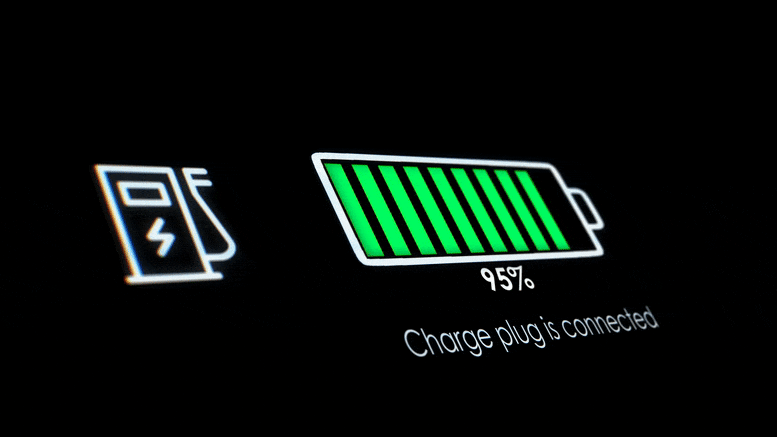
A research team has identified a technique to prevent lithium plating in electric vehicle batteries, potentially resulting in quicker charging times. By optimizing the microstructure of the graphite negative electrode, the propensity for lithium plating can be significantly reduced. This discovery can revolutionize the efficiency, safety, and longevity of electric car batteries, making them an increasingly desirable choice for consumers.
Researchers have found a way to curb lithium plating in EV batteries, promising faster charging and longer battery life, heralding a significant advancement for electric vehicles.
A new study led by Dr. Xuekun Lu from Queen Mary University of London in collaboration with an international team of researchers from the UK and USA has found a way to prevent lithium plating in electric vehicle batteries, which could lead to faster charging times. The paper will be published today (August 24) in the journal Nature Communications.
Understanding Lithium Plating
Lithium plating is a phenomenon that can occur in lithium-ion batteries during fast charging. It occurs when lithium ions build up on the surface of the battery’s negative electrode instead of intercalating into it, forming a layer of metallic lithium that continues growing. This can damage the battery, shorten its lifespan, and cause short circuits that can lead to fire and explosion.
The Solution
Dr. Xuekun Lu explains that lithium plating can be significantly mitigated by optimizing the microstructure of the graphite negative electrode. The graphite negative electrode is comprised of randomly distributed tiny particles, and fine-tuning the particle and electrode morphology for a homogeneous reaction activity and reduced local lithium saturation is the key to suppressing lithium plating and improving the battery’s performance.
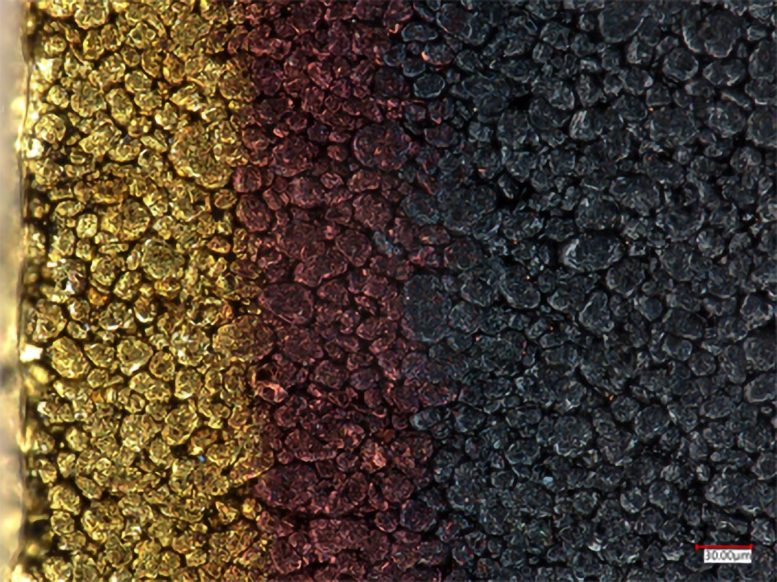
The distribution of lithium concentration is indicated by colors during the charging process of a graphite negative electrode. Credit: Xuekun Lu et al/Nature Communications
“Our research has revealed that the lithiation mechanisms of graphite particles vary under distinct conditions, depending on their surface morphology, size, shape, and orientation. It largely affects the lithium distribution and the propensity of lithium plating,” said Dr. Lu. “Assisted by a pioneering 3D battery model, we can capture when and where lithium plating initiates and how fast it grows. This is a significant breakthrough that could have a major impact on the future of electric vehicles.”
Implications of the Study
The research provides new insights into developing advanced fast-charging protocols by improving the understanding of the physical processes of lithium redistribution within graphite particles during fast charging. This knowledge could lead to an efficient charging process while minimizing the risk of lithium plating.
In addition to faster charging times, the study also found that refining the microstructure of the graphite electrode can improve the battery’s energy density. This means that electric cars could travel further on a single charge.
These findings constitute a significant breakthrough in the development of electric vehicle batteries. They could lead to faster-charging, longer-lasting, and safer electric cars, which would make them a more attractive option for consumers.
Reference: “Multiscale Dynamics of Charging and Plating in Graphite Electrodes Coupling Operando Microscopy and Phase-field Modelling” by Xuekun Lu, Marco Lagnoni, Antonio Bertei, Supratim Das, Rhodri E. Owen, Qi Li, Kieran O’Regan, Aaron Wade, Donal P. Finegan, Emma Kendrick, Martin Z. Bazant, Dan J. L. Brett and Paul R. Shearing, 24 August 2023, Nature Communications.
DOI: 10.1038/s41467-023-40574-6

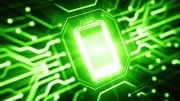
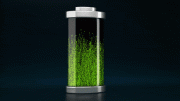
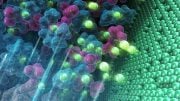
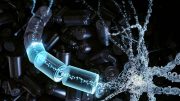
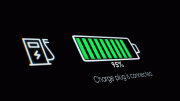
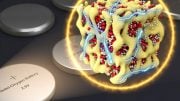
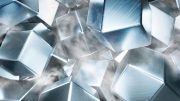

Be the first to comment on "Faster Charging Electric Vehicles by Suppressing Lithium Plating in Automotive Batteries"